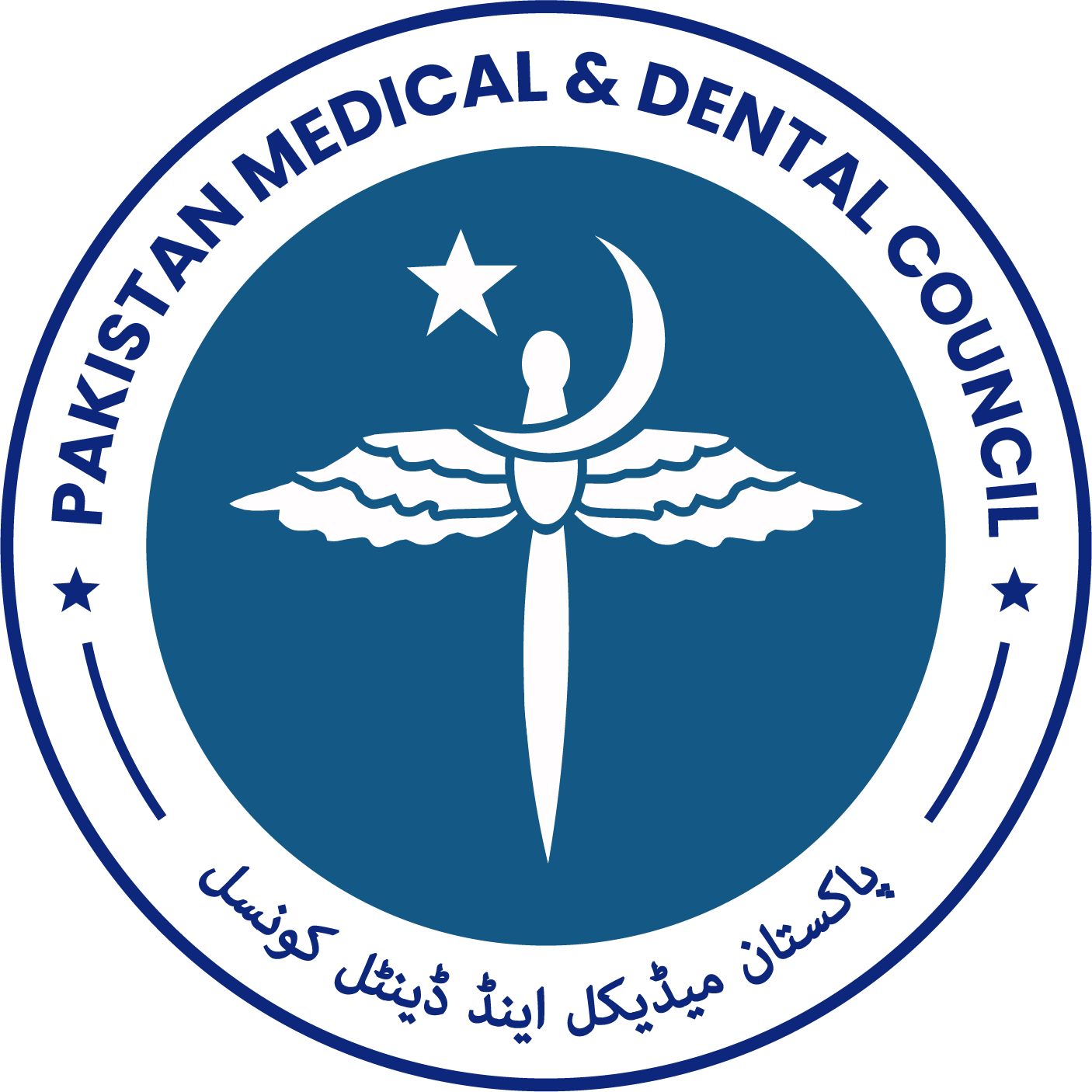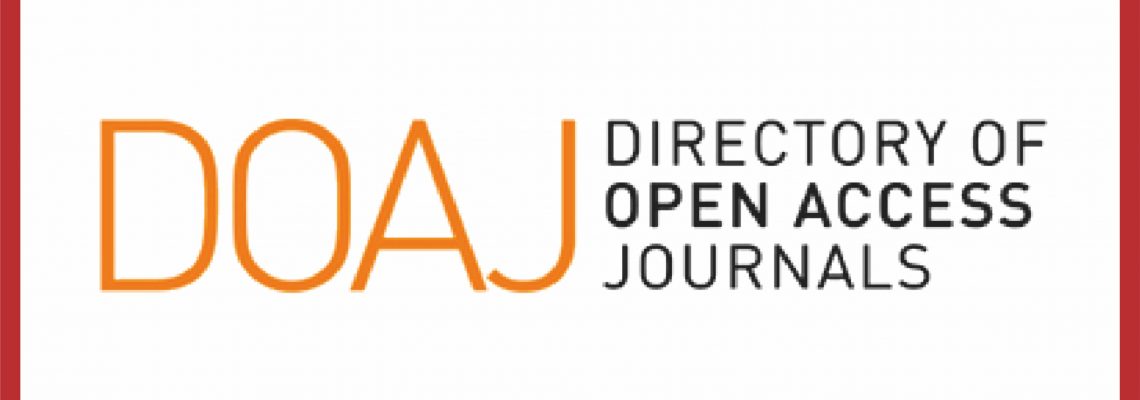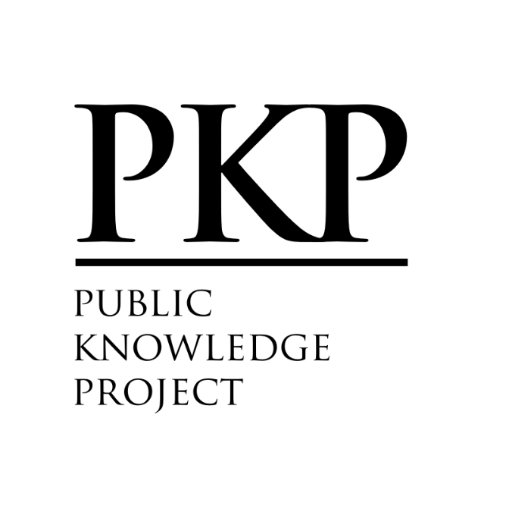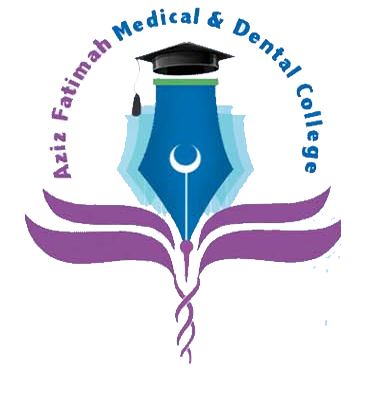Spectrum of Cytopathological Causes of Cervical Lymphadenopathy- An Experience at Sahiwal Teaching Hospital
Cytopathological Causes of Cervical Lymphadenopathy
DOI:
https://doi.org/10.55279/jafmdc.v6i2.312Keywords:
Fine Needle Aspiration Cytology, Cervical lymphadenopathy, TuberculosisAbstract
ABSTRACT:
Objective
Cervical lymph nodes are very often enlarged in many diseases. Fine Needle Aspiration Cytology (FNAC) is a simple, fast, and affordable procedure for diagnosing enlarged lymph nodes with a great degree of precision. It is the gold standard biopsy technique used in the workup of palpable neck masses, having sensitivity and specificity as high as 97%. The objective of our study was to determine the most common cause of cervical lymphadenopathy.
Methodology:
Results of FNAC done in Sahiwal Medical College, Sahiwal were retrospectively analysed from January 2023 to December 2023 after approval from the ethical review board of the institute to determine the most common etiology of cervical lymphadenopathy in our region. Patients from both the genders and of all ages were included in the study.
Results:
According to the results of our study, granulomatous inflammation, most likely Tuberculosis, turned out to be the most common etiology of cervical lymphadenopathy followed by reactive lymphoid hyperplasia. The least common cause of cervical lymphadenopathy appeared to be Hodgkin’s lymphoma and malignant cells that appeared in equal ratios.
Conclusion:
FNAC helped us in determining granulomatous inflammation, most likely Tuberculosis as the most common cause of cervical lymphadenopathy which is consistent with data obtained from most developing countries.
Downloads
Published
How to Cite
Issue
Section
License
Copyright (c) 2024 Raees Abbas Lail, Areeba Farooq, Qurrat-ul-Ain Tahir, Sadaf Shafique, Syeda Tooba Fatmi, Abdul Ghaffar

This work is licensed under a Creative Commons Attribution-NonCommercial 4.0 International License.
You are free to:
- Share — copy and redistribute the material in any medium or format
- Adapt — remix, transform, and build upon the material
- The licensor cannot revoke these freedoms as long as you follow the license terms.
Under the following terms:
-
Attribution — You must give appropriate credit, provide a link to the license, and indicate if changes were made. You may do so in any reasonable manner, but not in any way that suggests the licensor endorses you or your use.
-
Non Commercial — You may not use the material for commercial purposes.
-
No additional restrictions — You may not apply legal terms or technological measures that legally restrict others from doing anything the license permits.













